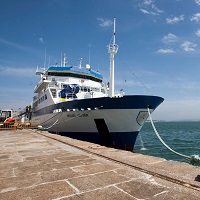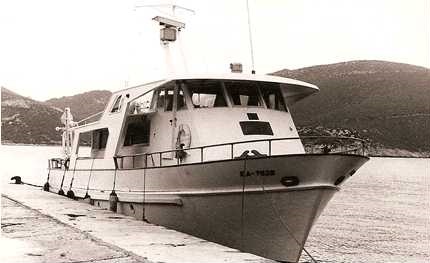Contact for the resource
IEO/ Balearic Islands Oceanographic Centre
177 record(s)
Type of resources
Categories
Topics
INSPIRE themes
Keywords
Contact for the resource
Provided by
Years
Formats
Status
-

Estimation by acoustical methods stock biomass of anchovy (Engraulis encrasicolus) and sardine (Sardina pilchardus) Spanish Mediterranean.
-

Estimation by acoustical methods stock biomass of anchovy (Engraulis encrasicolus) and sardine (Sardina pilchardus) Spanish Mediterranean.
-

Estimating the abundance and population structure of the target species of the trawl fishery in the Mediterranean, identified in the MEDITS project (Annex I), studying the biology of exploited communities on the shelf and upper slope of the study area and the impact of fishing on ecosystems.
-
Benthopelagic ecosystem structure in the western Mediterranean: a multidisciplinary approach and different time scales in the Balearic Islands.
-
Benthopelagic ecosystem structure in the western Mediterranean: a multidisciplinary approach and different time scales in the Balearic Islands.
-

CR Tunibal
-

Sampling at Ithioplacton stations, CTD stations and pelagic fishing, acoustic sampling with EK60 echo sounder. The general method is to quantify the freshly spawned eggs in the water column on the spawning grounds. Report egg species identification and staging. To be able to establish a relationship between eggs and biomass of the spawning stock, the fecundity of the females must also be determined.
-

CR Tunibal
-

Cr OBM-1 ref. B2945794.975 ICES created form
-

Get more information regarding the characteristics and distribution of benthic habitats present inside the Columbretes Islands Marine Reserve with the objective of Develop a bionomic map that covers the total extent. The complementary objective is the realization of the benthic cartography. It is intended to achieve location and subsequent georeferencing of the upwelling of gases present in the environment of the volcanic archipelago that forms The study area of this campaign. Associated with this objective is intended to know the Bacterial community in the area of gaseous upwellings and a physicochemical characterization of these areas.
 Catálogo de datos del IEO
Catálogo de datos del IEO